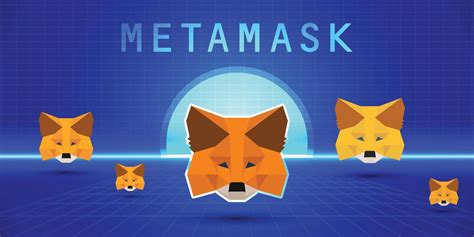How to Store NFT Images with Metamask: A Guide to Properly Displaying Them on Opensea
When it comes to storing and displaying your unique digital art (NFT) assets on the blockchain, the choice of storage method can be crucial for a seamless user experience. One popular option is to use the MetaMask wallet, which provides access to several blockchain ecosystems, including Ethereum’s ERC721 platform. However, a common issue users face when trying to display their NFT images within the Metamask interface on Opensea is that they appear broken or distorted.
In this article, we’ll dive into the technical aspects of storing NFT images with MetaMask and explore possible solutions to resolve this issue.
Why does base64 encoding cause problems?
Base64 encoding is a widely used method for compressing binary data, such as images. While it’s an efficient way to transmit large files over networks, it can lead to quality issues when trying to display them within browser or wallet interfaces. The reason is that Base64 encoding converts image data into a string of characters, which may not be supported by certain graphics rendering engines or libraries used in wallets and marketplaces.
The Metamask Problem: Limited SVG Image Support
When you base64 encode an NFT image using tools like Adobe Photoshop or online services like Unsplash, the resulting image is often converted into a string of characters. Unfortunately, this string is not directly supported by the SVG format used by Opensea and other wallets.
The Problem: Broken or Distorted Images in Metamask
As a result of the limitations mentioned above, when you try to display your NFT image within the Metamask interface on Opensea, it may appear broken or distorted. This can be frustrating for users who rely on their wallet and marketplaces to display their art.
Solutions: How to properly store NFT images with SVG
To solve this problem and ensure a smooth user experience on both the Metamask wallet and the Opensea platform, here are some solutions:
- Optimize image compression: Consider using more efficient image compression algorithms like WebP or PNG. These formats offer better support for graphics rendering engines and can help maintain image quality.
- Use a library to base64 encode images: Tools like
sharporsvg-base64can convert your base64-encoded images directly to SVG format, eliminating the need to manually convert them. This approach ensures compatibility with various graphics rendering engines.
- Base64 encode images before storing them: If possible, try to store your NFT images as Base64-encoded strings on a centralized storage service like IPFS or AWS S3, and then use the library mentioned above to convert them to SVG. format within the wallet and marketplaces.
- Use an image editing tool with built-in image conversion

– Some graphic editors, such as GIMP or Inkscape, have built-in support for converting base64-encoded images to various formats, including SVG.
Conclusion: How to Properly Store NFT Images with Metamask
While the issue of broken or distorted images in the Metamask wallet on Opensea can be frustrating, it is not an insurmountable problem. By following these solutions, you will be able to ensure that your NFT images are stored and displayed correctly on both platforms.
Tips for further improvement:
- Consider using a more advanced image compression algorithm such as JPEG 2000 or WebP.
- Experiment with different image editing programs to find the best approach to converting base64-encoded images to SVG format.
- Please note that even with proper storage and conversion, some minor visual differences may still occur between your wallet interface and the Opensea platform.
By applying these tips, you can create a seamless user experience for showcasing your unique digital art assets on both the Metamask wallet and Opensea.
blockchain blockchain innovation security